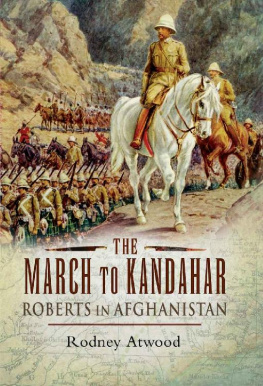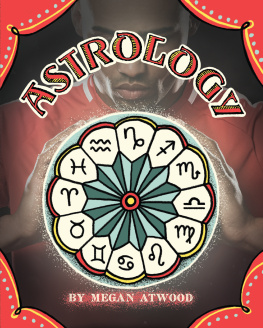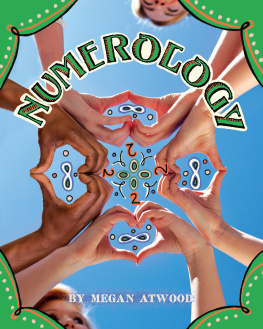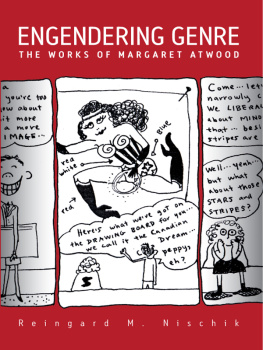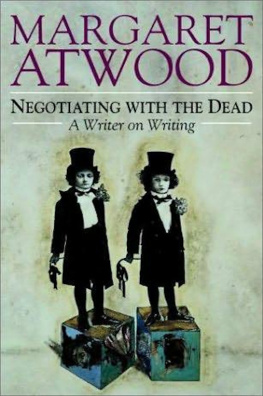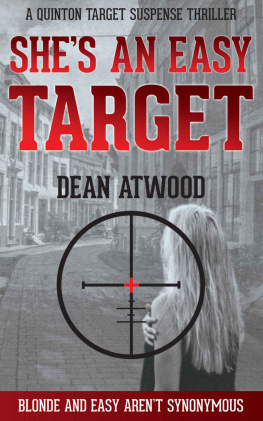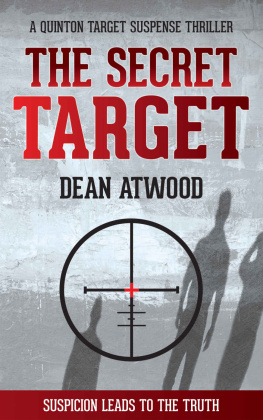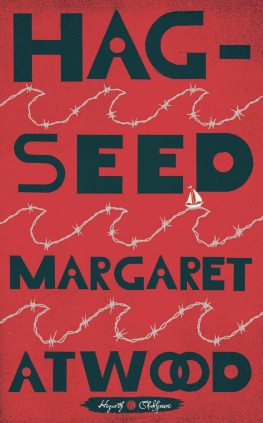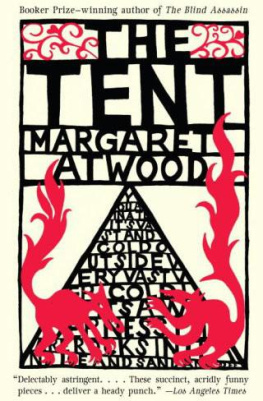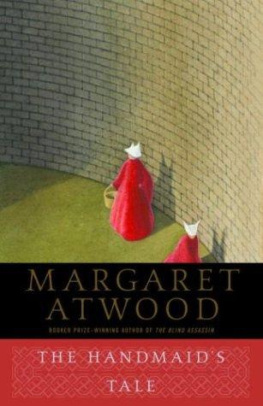Rodney Atwood [Atwood - The March to Kandahar: Roberts in Afghanistan
Here you can read online Rodney Atwood [Atwood - The March to Kandahar: Roberts in Afghanistan full text of the book (entire story) in english for free. Download pdf and epub, get meaning, cover and reviews about this ebook. year: 2008, publisher: Casemate Publishers, genre: Non-fiction. Description of the work, (preface) as well as reviews are available. Best literature library LitArk.com created for fans of good reading and offers a wide selection of genres:
Romance novel
Science fiction
Adventure
Detective
Science
History
Home and family
Prose
Art
Politics
Computer
Non-fiction
Religion
Business
Children
Humor
Choose a favorite category and find really read worthwhile books. Enjoy immersion in the world of imagination, feel the emotions of the characters or learn something new for yourself, make an fascinating discovery.
- Book:The March to Kandahar: Roberts in Afghanistan
- Author:
- Publisher:Casemate Publishers
- Genre:
- Year:2008
- Rating:3 / 5
- Favourites:Add to favourites
- Your mark:
- 60
- 1
- 2
- 3
- 4
- 5
The March to Kandahar: Roberts in Afghanistan: summary, description and annotation
We offer to read an annotation, description, summary or preface (depends on what the author of the book "The March to Kandahar: Roberts in Afghanistan" wrote himself). If you haven't found the necessary information about the book — write in the comments, we will try to find it.
Rodney Atwood [Atwood: author's other books
Who wrote The March to Kandahar: Roberts in Afghanistan? Find out the surname, the name of the author of the book and a list of all author's works by series.
The March to Kandahar: Roberts in Afghanistan — read online for free the complete book (whole text) full work
Below is the text of the book, divided by pages. System saving the place of the last page read, allows you to conveniently read the book "The March to Kandahar: Roberts in Afghanistan" online for free, without having to search again every time where you left off. Put a bookmark, and you can go to the page where you finished reading at any time.
Font size:
Interval:
Bookmark:


First published in Great Britain in 2008 by
Pen & Sword Military
an imprint of
Pen & Sword Books Ltd
47 Church Street
Barnsley
South Yorkshire
S70 2AS
Copyright Rodney Atwood, 2008
ISBN 978-1-84415-848-5
ISBN 978-1-84468-221-8 (ebook)
The right of Rodney Atwood to be identified as Author of this Work has been asserted by him in accordance with the Copyright, Designs and Patents Act 1988.
A CIP catalogue record for this book is available from the British Library
All rights reserved. No part of this book may be reproduced or transmitted in any form or by any means, electronic or mechanical including photocopying, recording or by any information storage and retrieval system, without permission from the Publisher in writing.
Typeset in 11/13pt Palatino by Concept, Huddersfield
Printed and bound in England by
CPI UK
For a complete list of Pen & Sword titles please contact
PEN & SWORD BOOKS LIMITED
47 Church Street, Barnsley, South Yorkshire, S70 2AS, England
e-mail: enquiries@pen-and-sword.co.uk
Website: www.pen-and-sword.co.uk
Contents
In picking a way through a tangle of conflicting accounts and views, a historian new to the late nineteenth century finds much help. A number of historians have written extensively on the late nineteenth century Victorian Army. Brian Robson wrote a comprehensive modern history of the 2nd Afghan War. He also edited a selection of Robertss papers for the Army Records Society, and published articles on Maiwand, Kandahar and the Eden Commission established to reform the Indian Army (Roberts was a leading member). Tony Heathcote, historian of both Afghan Wars and the Indian Army of the Raj, led me to the translation of Major General Soboleffs interesting account from a Russian perspective, based largely on newspapers in India and England. Dr Jacqueline Beaumont made suggestions about Roberts and the press. Professors Andre Wessels and Stephen Miller gave advice about later aspects of Robertss life. No one could venture into this field without acknowledging the work of Professors Ian Beckett and Edward Spiers, both of whom answered email questions and gave pointers based on their extensive knowledge. Professor Beckett kindly allowed me to present a paper on Roberts at a military history conference. Dr Stephen Badsey gave advice at that conference. Dr David Washbrook and Charles Allen answered questions about Lord Lyttons viceroyalty. Borrowing on the work of many, my book is also based on primary sources at the National Army Museum, Chelsea, the India Office Library at the British Library, especially the letters of Field Marshal Sir George White, those of Sir Mortimer Durand at the library of the School of Oriental and Asian Studies, Lady Robertss letters to the later Lord Minto at the National Library of Scotland and papers dealing with Roberts at the National Archives. The staff of these libraries have been courteous and helpful throughout, particularly at the National Army Museum, where Dr Simon Moody among others has answered innumerable questions and enabled me to lay my hands on many documents.
Colonel Will Townend, Luci Gosling, Garen Ewing and Szilvia Szabo were most helpful in finding illustrations and giving information about them. I formally acknowledge copyright permission for illustrations from the Royal Artillery Institute, the British Library, the Mary Evans Picture Library and the National Army Museum.
I owe a particular thanks to the two who kindly read my draft: Peter Boyden and Keith Surridge, who answered many questions, gave encouragement and made wise suggestions; and to John Schofield and Nicholas Griffin who read these pages in a different form as a larger book. These four saved me from many errors of fact and judgement, and numerous faults of style and language. The faults and errors that remain are entirely my own.
My special thanks go to Brigadier Henry Wilson, the publishers of Pen & Sword and the books editor, Bobby Gainher; to my daughter for drawing the maps; and to my wife for her forbearance and understanding in sharing her husbands waking thoughts with a diminutive Victorian hero and a cast of thousands.

Introduction:
Disaster and Triumph in Afghanistan
The news could not have been worse. The new Viceroy of India, the Marquess of Ripon, had expected something of the sort. For several days in late July 1880, he and his military advisors at Simla in the foothills of the Himalayas had watched with increasing concern and divided councils the advance of the Afghan Sirdar Ayub Khan and his soldiers towards the Anglo-Indian garrison of Kandahar. The year 1880 was the third in which the Indian Army had been at war in the harsh mountains and green valleys of Afghanistan. It was not a war of Ripons making and he was keen to negotiate peace, settle the government of the country and withdraw. The Indian Army and British regiments deployed in Afghanistan were fully stretched. The best were stationed at Kabul and elsewhere, and only a division of less than five thousand men was at Kandahar. Their commander, Major General Primrose, and his chief brigadier, Burrows, were not thought to be men of resolution or firm action and both had occupied desk jobs before the war. Ayub Khan had marched from Herat some months before, hoping to seize the Amirship, thus making himself ruler of Afghanistan. As he neared Kandahar the local ruler or Wali, a British nominee, had led out his force, but they had gone over to Ayub. Primrose had then dispatched Burrows with over 2,000 men. Ayub was known to be in much greater strength and increasing his numbers as he advanced. Local Afghan levies were untrustworthy. Ripon, the Indian Army Commander-in-Chief, Sir Frederick Haines, the Viceroys personal military advisor, Colonel Allen Johnson, and other senior soldiers had met to deliberate. On the morning of the 22nd, Ripon had advocated sending instructions to Primrose to risk all and advance with nearly his whole force from Kandahar to reinforce Burrows, leaving only a small garrison in the citadel. The Adjutant General, Greaves, and Colonel Allen Johnson had supported him. Haines however firmly opposed the plan, as had Sir Edwin Johnson, the Military Member, as advisor to the Viceroy senior to Allen Johnson. Ripon, relatively new to India, would not override the objections of these two powerful and experienced figures. Instead, it was agreed that Haines would send a telegram to Primrose giving him full liberty to advance and attack Ayub if he considered himself strong enough. Government consider it of the greatest political importance that [Ayubs] force should be dispersed and prevented from passing on to Ghazni. The vital fortress of Ghazni lay on the route to Kabul; its possession would give Ayub the strategic key. Primrose and Burrows must appreciate the importance of swift action. The men on the spot would decide.
There was for a moment relief. A letter arrived about that time saying that Ayubs force was very small. Subsequent despatches showed his numbers were greater than advised, but no further uneasiness was felt. Then came the news of disaster.
On 27 July, Burrows had advanced his 2,600 men and been confronted by at least 10,000 Afghans, both regular troops and irregulars including numbers of the fanatical ghazis, who would give their lives fighting the unbelievers. The battle against overwhelming odds in intense heat lasted four hours. Vastly outnumbered, Burrows men had also been outgunned by superior Afghan artillery. As young Indian soldiers of Jacobs Rifles and the Bombay Grenadiers huddled together under a withering artillery fire, the enemys superior numbers lapped round their flanks. A host of ghazis made use of a sunken ravine to advance close to Burrows brigade and then burst out with their knives and swords onto the rear of the Indians and British. The defeat was catastrophic, many of the Indian soldiers simply standing in a huddled mass and being annihilated; others, both British and Indian, breaking up into small bodies and trying to escape. One hundred men of the 66th Regiment made a gallant but forlorn stand in an orchard, the last eleven dying in a sortie. Others plagued by thirst and by villagers who came out to harass and kill the stragglers made their desperate way towards Kandahar.
Next pageFont size:
Interval:
Bookmark:
Similar books «The March to Kandahar: Roberts in Afghanistan»
Look at similar books to The March to Kandahar: Roberts in Afghanistan. We have selected literature similar in name and meaning in the hope of providing readers with more options to find new, interesting, not yet read works.
Discussion, reviews of the book The March to Kandahar: Roberts in Afghanistan and just readers' own opinions. Leave your comments, write what you think about the work, its meaning or the main characters. Specify what exactly you liked and what you didn't like, and why you think so.

